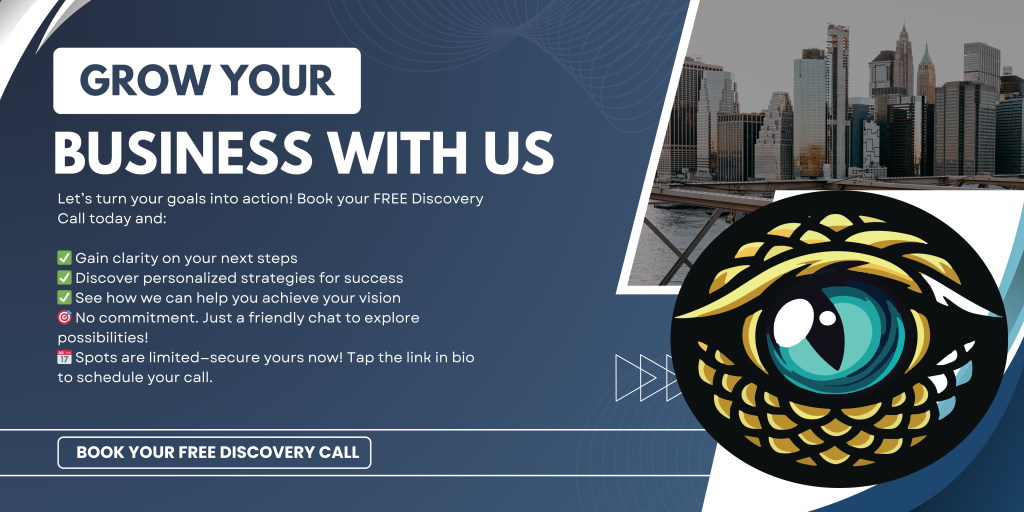Precision in Lead Generation,
Power in Connection
Let us turn your challenges into opportunities with smart, reliable lead generation solutions.
How to Define Your Ideal Customer Profile (ICP): A Detailed Guide for SaaS Founders

If you’re struggling to attract high-quality leads, the problem might not be your product or your marketing—it could be your targeting. Defining your Ideal Customer Profile (ICP) is one of the most crucial steps in creating a successful lead generation strategy. At Komodo Connect, we often say: If you’re talking to everyone, you’re talking to no one.
In this detailed guide, we’ll show you how to define your ICP step by step so you can focus your resources on connecting with the right people. Ready? Let’s get started!
What is an Ideal Customer Profile (ICP)?
An Ideal Customer Profile represents the type of company or individual most likely to benefit from your product or service. Unlike a buyer persona, which focuses on individuals, an ICP typically describes an organization based on specific attributes. These attributes include industry, company size, revenue, location, and more.
Your ICP helps you:
- Prioritize your sales and marketing efforts.
- Avoid wasting time on unqualified leads.
- Create messaging that resonates with your target audience.
Step 1: Analyze Your Best Customers
Start by looking at your existing customer base. Identify the clients who:
- Use your product most frequently.
- Renew their subscriptions without hesitation.
- Provide the highest lifetime value (LTV).
- Refer others to your service.
Ask yourself:
- What industries are they in?
- What challenges were they facing before finding your product?
- Why did they choose your solution over competitors?
Pro Tip: Segment your customers based on usage and satisfaction to spot patterns. Tools like CRMs or analytics platforms can help streamline this process.
Step 2: Identify Key Attributes
Once you’ve analyzed your best customers, identify the common characteristics that define them. These could include:
- Firmographic Details
- Industry
- Company size (number of employees or revenue range)
- Location
- Technographic Details
- Tools or software they use.
- Level of technological adoption.
- Behavioral Patterns
- How they interact with your product (frequency of use, features they value most).
- Their purchasing process (e.g., decision-making timeline).
- Challenges and Pain Points
- What specific problems does your product solve for them?
Step 3: Create an ICP Template
Now that you have all the data, compile it into a clear and actionable template. Here’s an example:
Ideal Customer Profile
- Industry: SaaS companies in sales automation and CRM niches.
- Company Size: 50-200 employees.
- Revenue: $5M-$50M annually.
- Location: Primarily North America and Europe.
- Technographics: Uses Salesforce, HubSpot, or similar platforms.
- Pain Points: Struggles with consistent lead flow and entering new market segments.
- Goals: Achieve predictable revenue growth and scale efficiently.
Pro Tip: Keep it specific! Avoid creating an ICP so broad that it doesn’t help you narrow down your focus.
Step 4: Validate Your ICP
An ICP isn’t set in stone. Validate your profile by testing it in the real world:
- Run targeted campaigns based on your ICP.
- Analyze the quality of the leads generated.
- Gather feedback from your sales team on lead relevance.
Refine your ICP based on these results. You’ll get better with every iteration.
Step 5: Align Your Team
Once you’ve defined and validated your ICP, ensure everyone on your team is aligned. This includes:
- Sales Teams: Use the ICP to focus outreach efforts.
- Marketing Teams: Create content and campaigns tailored to the ICP.
- Product Teams: Develop features that address the ICP’s pain points.
Pro Tip: Regularly revisit and update your ICP as your business evolves or new opportunities arise.
Common Mistakes to Avoid
- Being Too Broad: Trying to appeal to everyone dilutes your efforts.
- Ignoring Data: Don’t rely on assumptions—use actual customer insights.
- Sticking to One ICP Forever: Your business and market will change, so your ICP should evolve too.
Defining your Ideal Customer Profile is like drawing a map to your treasure. It helps you allocate resources wisely, create compelling messaging, and build lasting relationships with the right customers. At Komodo Connect, we’re all about helping SaaS founders unlock growth—and a strong ICP is the first step.
If you need guidance in defining your ICP or want to see how a well-defined ICP can supercharge your lead generation, schedule a free consultation with us today. Let’s make your targeting as sharp as Komodo’s bite! 🐮
Happy scaling,
The Komodo Connect Team

alphaelle

Want the inside scoop? Follow us!
© Komodo Connnect 2025

